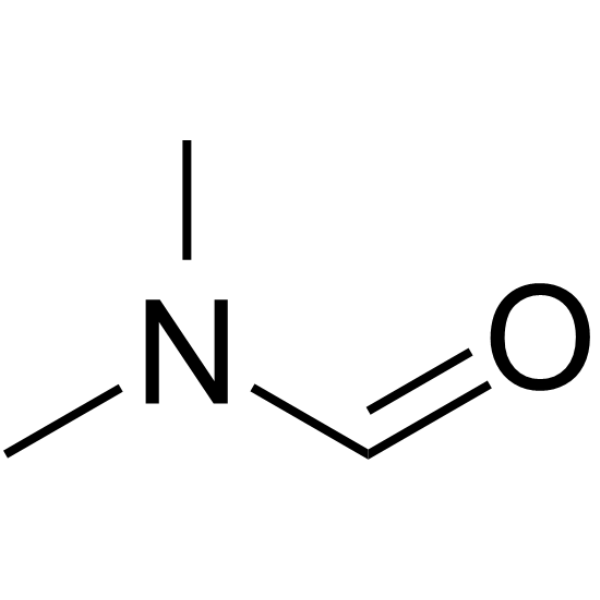| Structure | Name/CAS No. | Articles |
|---|---|---|
 |
Formic Acid
CAS:64-18-6 |
|
 |
Acetone
CAS:67-64-1 |
|
 |
Hydrochloric acid
CAS:7647-01-0 |
|
 |
Ethanol
CAS:64-17-5 |
|
 |
HYDROFLUORIC ACID
CAS:7664-39-3 |
|
 |
Methanol
CAS:67-56-1 |
|
 |
N,N-Dimethylformamide
CAS:68-12-2 |
|
 |
Dimethyl sulfoxide
CAS:67-68-5 |
|
 |
n-Octyl Dimethyl Methoxysilane
CAS:93804-29-6 |
|
 |
Rapamycin (Sirolimus)
CAS:53123-88-9 |